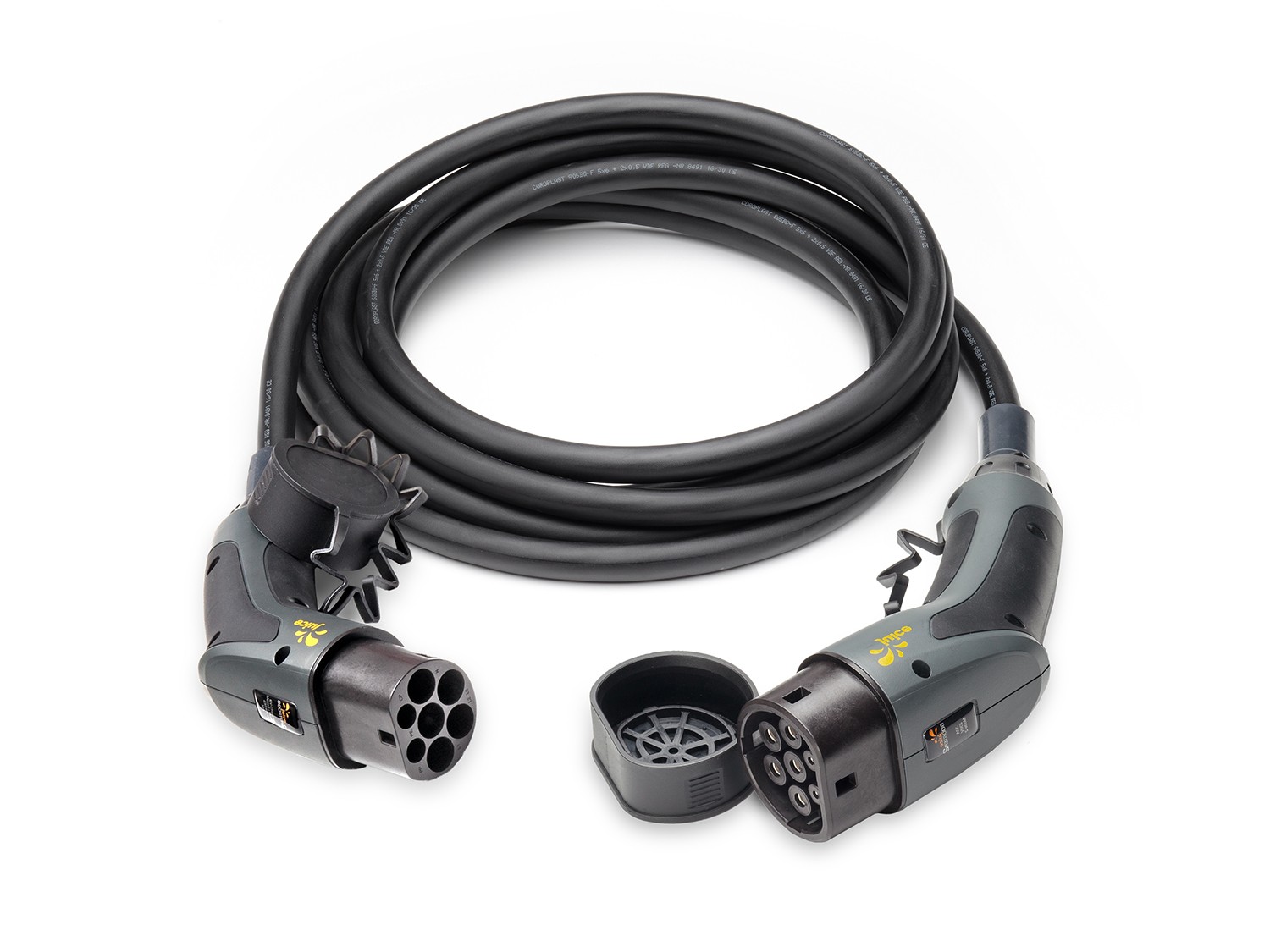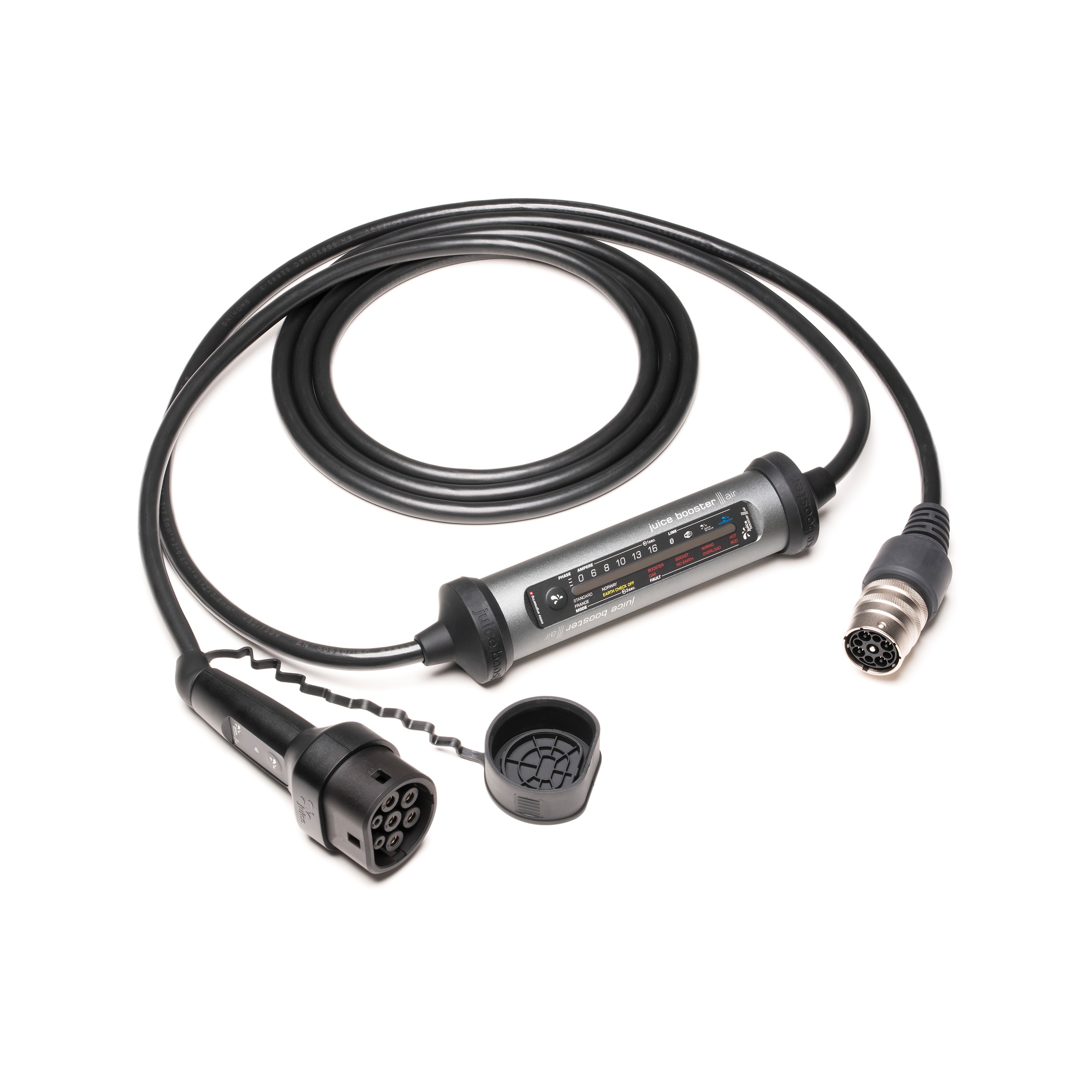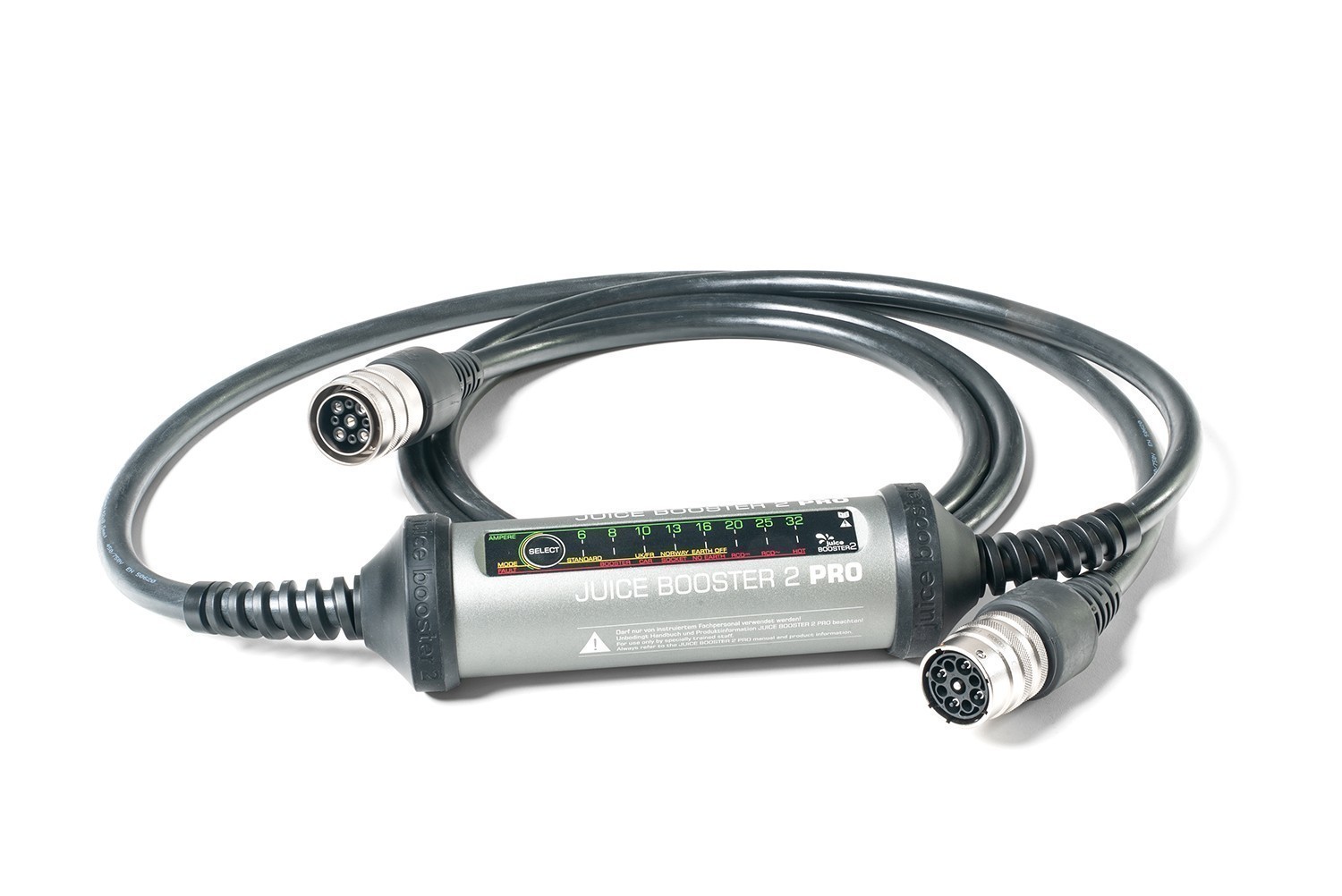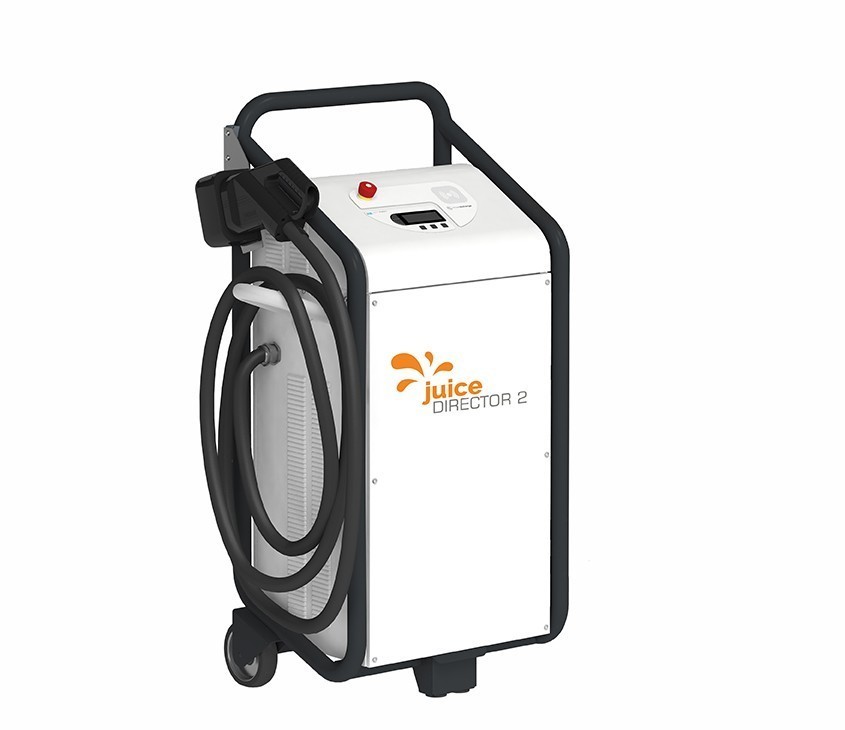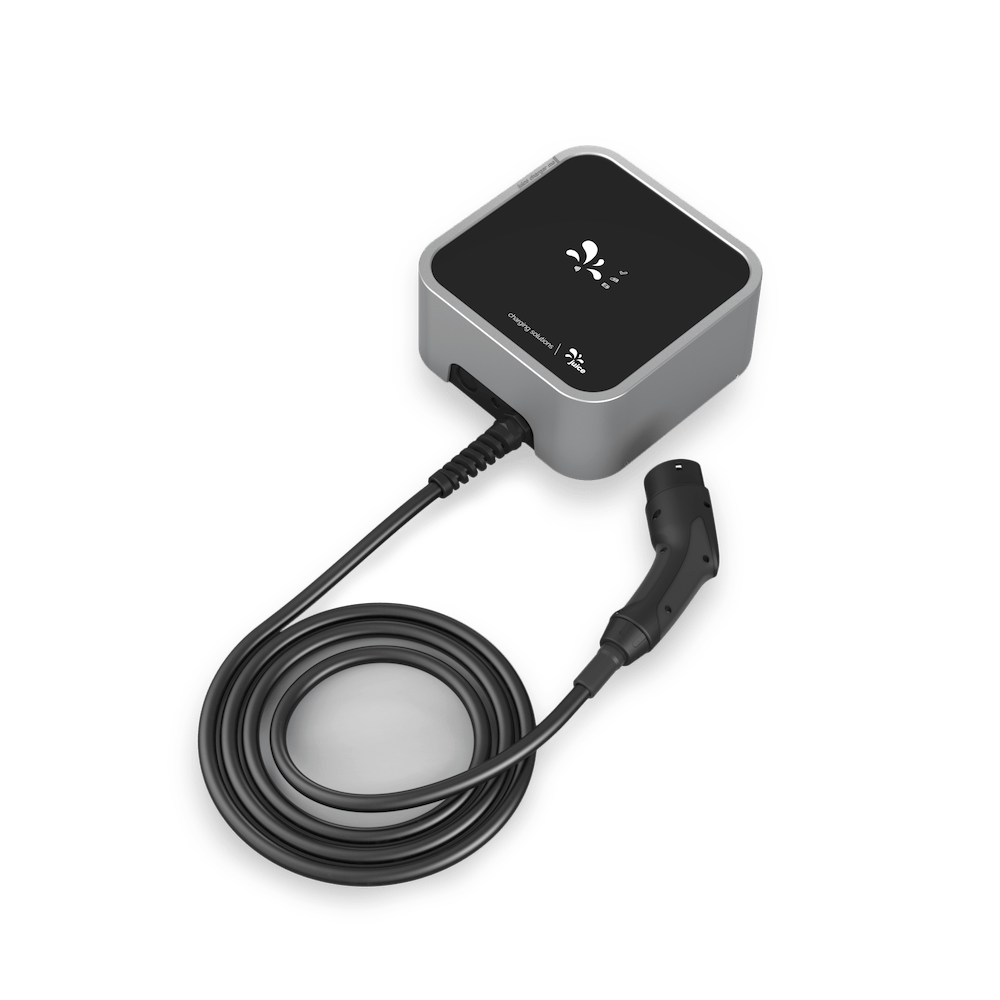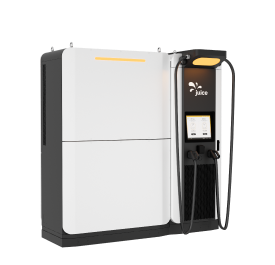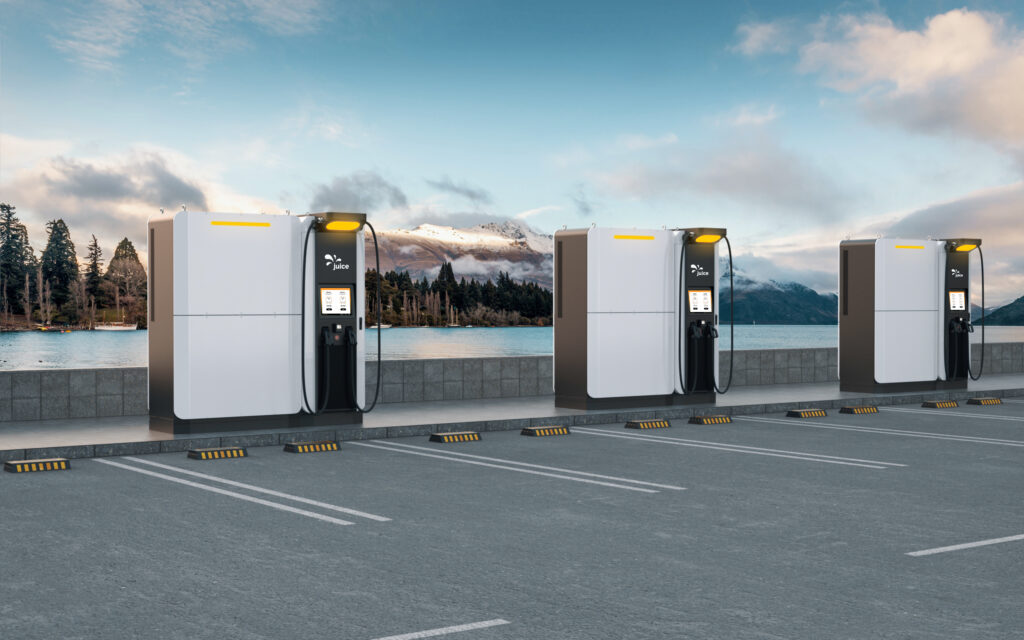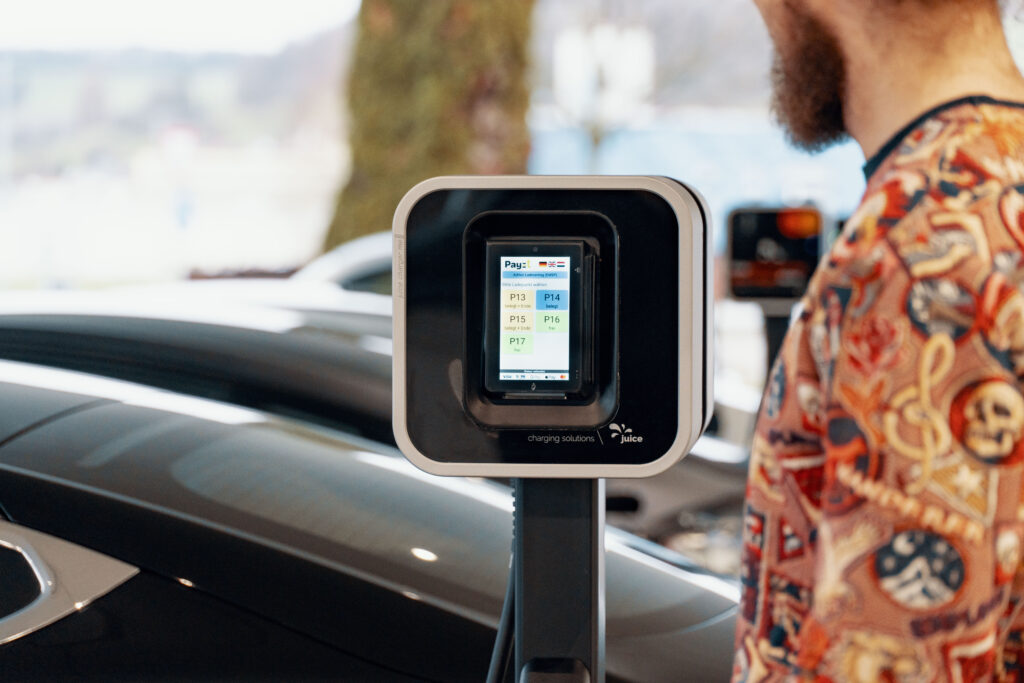How reliable is the manufacturer’s information and can it really be carried over into everyday use?
Since 2017, the standardised test procedure for light vehicles, WLTP (Worldwide harmonized Light vehicles Test Procedure), has been used to determine the electricity consumption for electric vehicles. Measurements are done on a test bench under laboratory conditions. Realistic driving is simulated here.
WLTP therefore replaces the previous procedure, NEDC (New European Driving Cycle), which was introduced by the EU in 1992. The latter was considered to be less realistic and yielded simulation consumption values which differed significantly from everyday use of the electric vehicle.
The test parameters at a glance:
| NEDC | WLTP | |
| Temperature in the test chamber | 20 – 30 °C | 23 °C |
| Distance | 11 km | 23 km |
| Cycle duration | 20 min. | 30 min. |
| Cycle properties | Two phases: 13 minutes of simulated city driving, 7 minutes of simulated long-distance driving | Four phases: low (up to 60 km/h), medium (up to 80 km/h), high (up to 100 km/h) and extra high (over 130 km/h) |
| Average speed | Approx. 33 km/h | 47 km/h |
| Proportion of service life | 25% | 13% |
| Top speed | 120 km/h | Over 130 km/h |
WLTP also takes additional parameters such as the following into account:
- Optional extras: This affects the total weight.
- Total weight: The heavier the vehicle, the more energy it needs for acceleration.
- Aerodynamics: The more streamlined the vehicle, the lower the consumption.
- Roll resistance: The narrower and larger the tyres, the lower the roll resistance and the higher the range
- Tyre pressure: More energy is required if this is too low.
As a result, various vehicle models can easily be compared with one another.
Ranges for the most popular electric vehicles in Europe in 2021 according to WLTP
| Vehicle model | Range [km] in accordance with WLTP |
| Tesla Model 3 | 510 to 626 |
| VW ID.3 | 330 to 550 |
| Renault Zoe | 175 to 300 |
| VW ID.4 | 479 to 525 |
| Kia Niro | 312 to 485 |
| Fiat 500e | 298 to 320 |
| Hyundai Kona | 305 to 484 |
| Skoda Enyaq | 340 to 510 |
| Peugeot e-208 | 280 to 340 |
| VW e-Up! | 134 |
However, it is not possible to sufficiently model drivers’ differing driving styles – one often accelerates rapidly, while another prefers to drive steadily – in a standardised test procedure. In addition to the individual driving style, other factors such as the use of air conditioning and heated seats, recuperation performance and the outside temperature also play a role in day-to-day use. An overview:
- Driving style: Frequent acceleration, racing starts and abrupt braking reduce the range.
- Air conditioning: The range is reduces by cooling and heating.
- Speed: Consistently driving fast reduces the range, just as continuous speed changes do.
- Weather: Activation of the climate control system – cooling and heating – reduces the range, as does the use of heated seats.
- Battery degradation: The battery capacity and therefore the maximum range continuously decline over time and with every charging and discharging process. However, proper care can affect the service life of the battery.
The WLTP values can therefore also differ from everyday use. However, WLTP still yields better approximate values than the old NEDC method.
